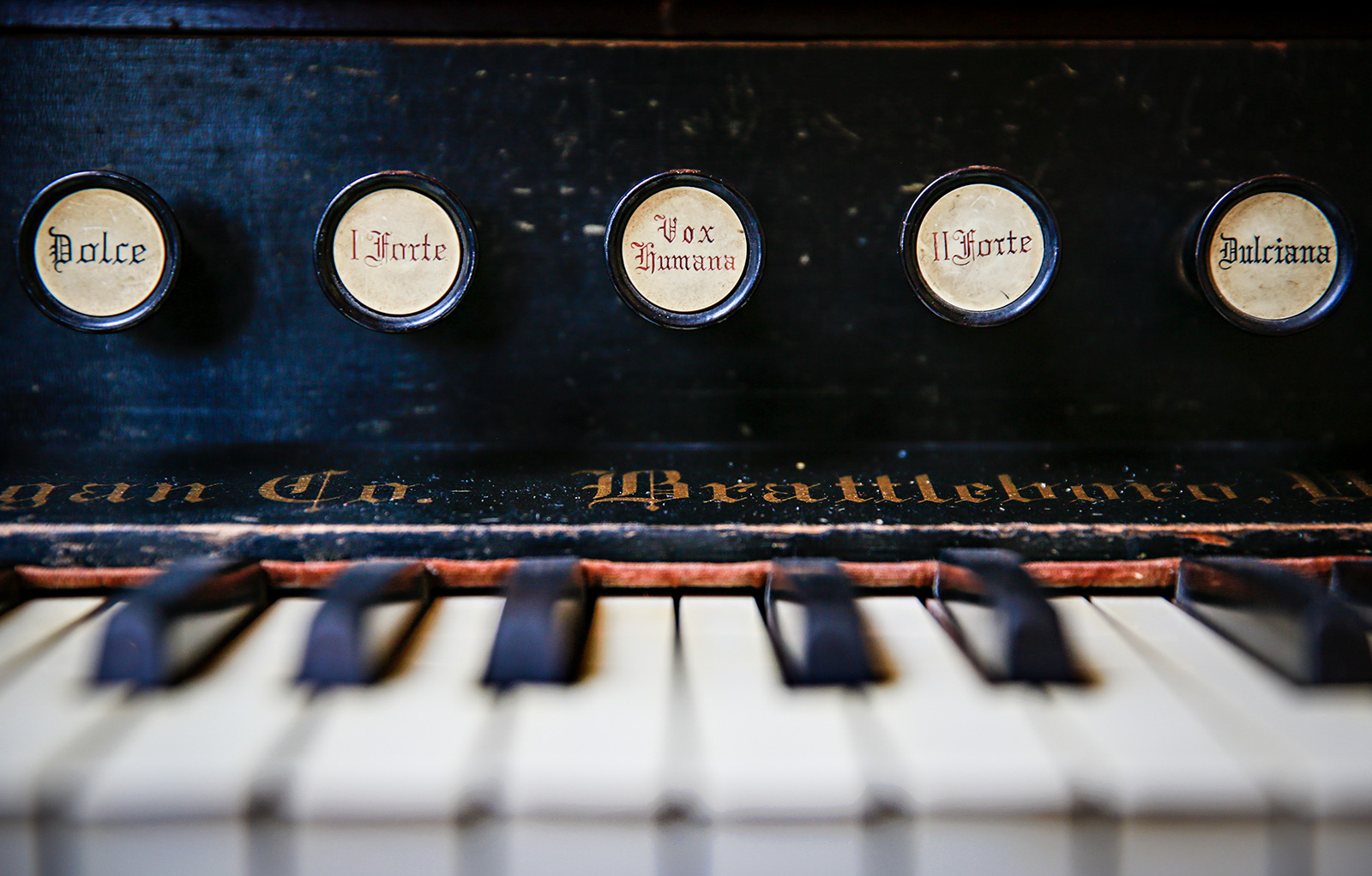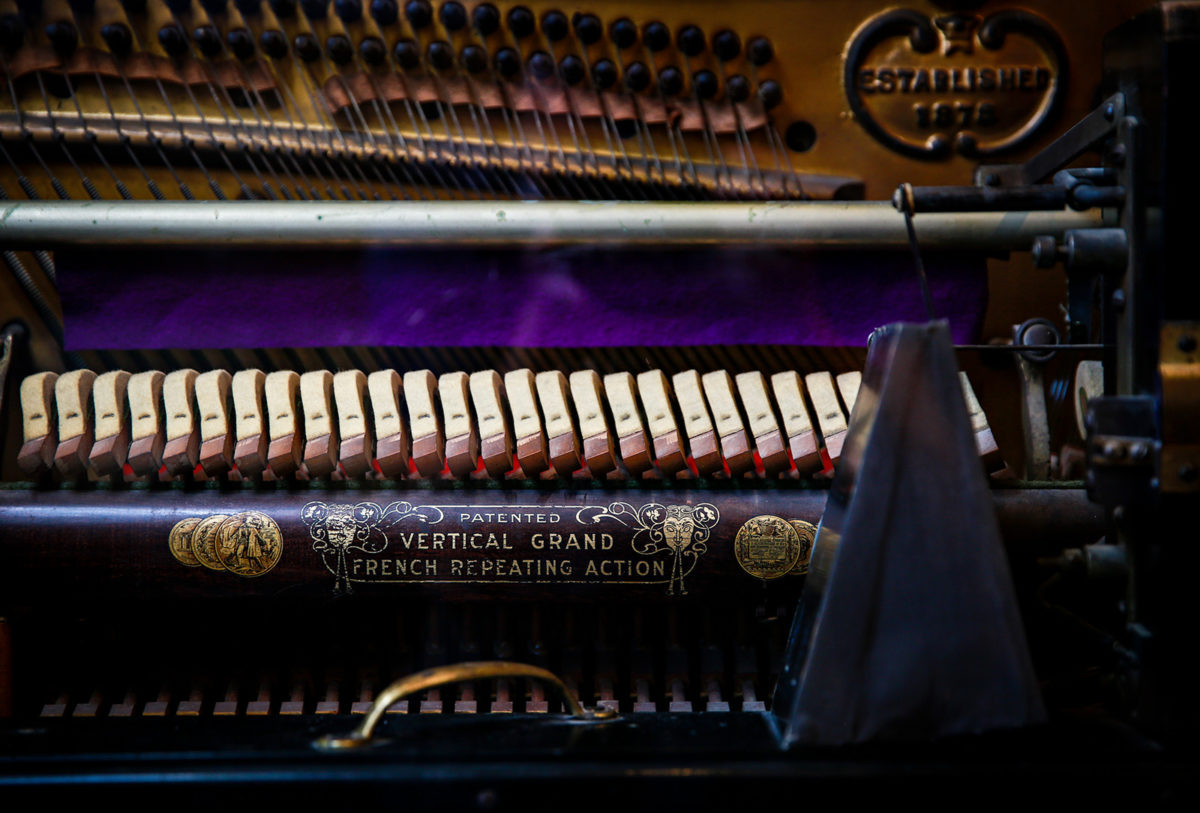Music Through the Ages
Northwest Montana History Museum’s new exhibit showcases influential musicians from the valley’s past alongside historical instruments
By Myers Reece
The pantheon of influential musical figures in Northwest Montana’s recent history includes names such as Quist and Dunnigan, conjuring images of settings such as Great Northern Bar or grassy knolls beckoning festivalgoers.
Tracking the timeline a bit further back, however, reveals musicians from earlier eras in which their artistic impact may not have been measured in ticket sales or album singles: Marguerite Rathje, Monna L. Steffes, Helen Bertha Vining, W.P. Sherman, to name a few.
A name or two from that list might ring a bell for a subset of old-timers, but the broader population will likely get their first introduction to those Flathead Valley musical trailblazers when they walk into a new exhibit at the Northwest Montana History Museum in downtown Kalispell.
Museum Executive Director Jacob Thomas hopes the exhibit, called “Making Music: Hitting the High Notes with Music and Artists from Big Sky Country,” opens the public’s eyes to these locals’ legacies, and to the vibrant history of music in the area.
“It’s the local history and the fact that music came from Kalispell and the Flathead Valley that had importance throughout the state of Montana,” Thomas said.

Steffes composed “Cherry Blossom Time on Flathead Lake” in 1971, and the exhibit features sheet music for the once-popular tune, which was inspired by the cherry orchard on Steffes’ property. Steffes played piano by ear and taped the song for a friend to transcribe onto staff paper.
Rathje, a pianist, lived in Whitefish from 1943 until her 1993 death at age 103. She and her husband, who played the violin, entertained bars in Glasgow when the Fort Peck Dam was under construction, and back home in Whitefish she played every night of the week for seven years at the Oasis south of town and at the Cadillac Hotel.
Vining worked as a personnel records clerk for Great Northern Railroad for 20 years and lived in Whitefish until her death in 1998 at age 95. On the side, she diligently pursued music, publishing “Flathead the Valley I Love” in 1961.
Sherman was the publisher of “Kalispell March and Two Step for Piano” in 1911, and ran a piano business at 340 Main St. in downtown Kalispell. He lived with his wife and seven children on the top floor and sold pianos, player pianos and organs on the main floor. To diversify his business portfolio, he embalmed bodies in the basement.
In addition to the featured musical figures, the museum exhibit showcases artifacts such as a Victrola Cabinet phonograph and instruments with histories in the valley. Among them are a 1928 Straub player piano; a banjo ukulele, or banjolele, on loan from local Pete Skibsrud; a 1904 accordion; and an organ built by Estey, which began manufacturing organs in 1846.

Another instrument on display is an Elite tenor banjo that belonged to Amos Myers and was brought to the valley in 1910 by I.M. Myers, who performed frequently at barn dances and other community events. On display next to the instrument is a list of the old-time songs Myers played.
There are also vinyl records produced by the Flathead High School choir in the 1980s, as well as a photo of a local high school quintet from 1918 or 1919. Another photo, accompanied by a brochure, is of the Oratorio Club of Kalispell in 1934.
The exhibit also features an autoharp display, with instruments from the private collection of Bill Bryant, a highly accomplished autoharp practitioner and Marion resident. Bryant performed at the exhibit’s opening reception on April 19.
“Bill Bryant is one of the most talented autoharp players in the world,” Thomas said.
The exhibit is running concurrently alongside a number of showcases at the museum and will be on display through the fall.
“We’re hoping a lot of people come this summer and see it,” Thomas said.
The Northwest Montana History Museum is open Monday through Friday from 10 a.m. to 5 p.m. For more information, visit www.nwmthistory.org or call (406) 756-8381.